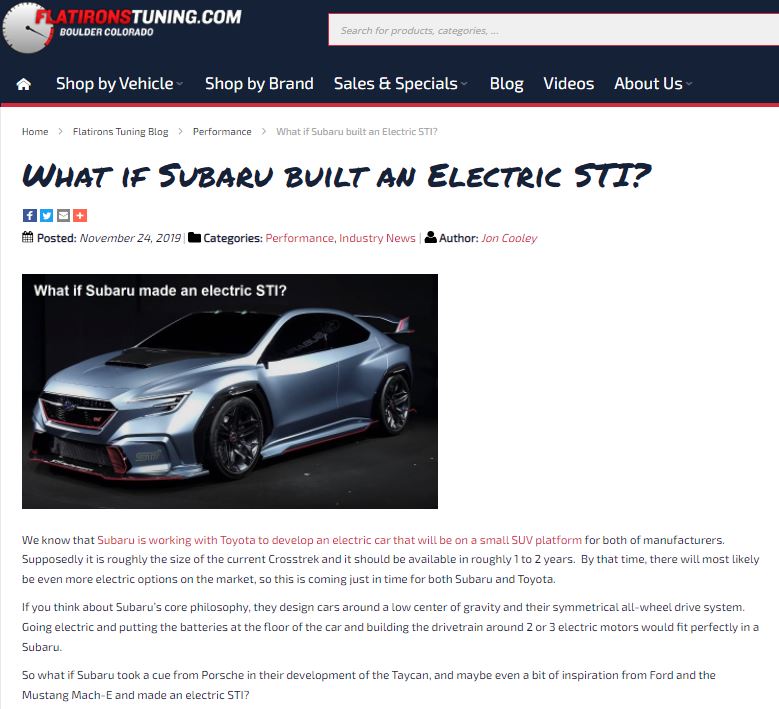We use cookies to make your experience better. To comply with the new e-Privacy directive, we need to ask for your consent to set the cookies. Learn more.
The STI is Dead. Long Live the STI.
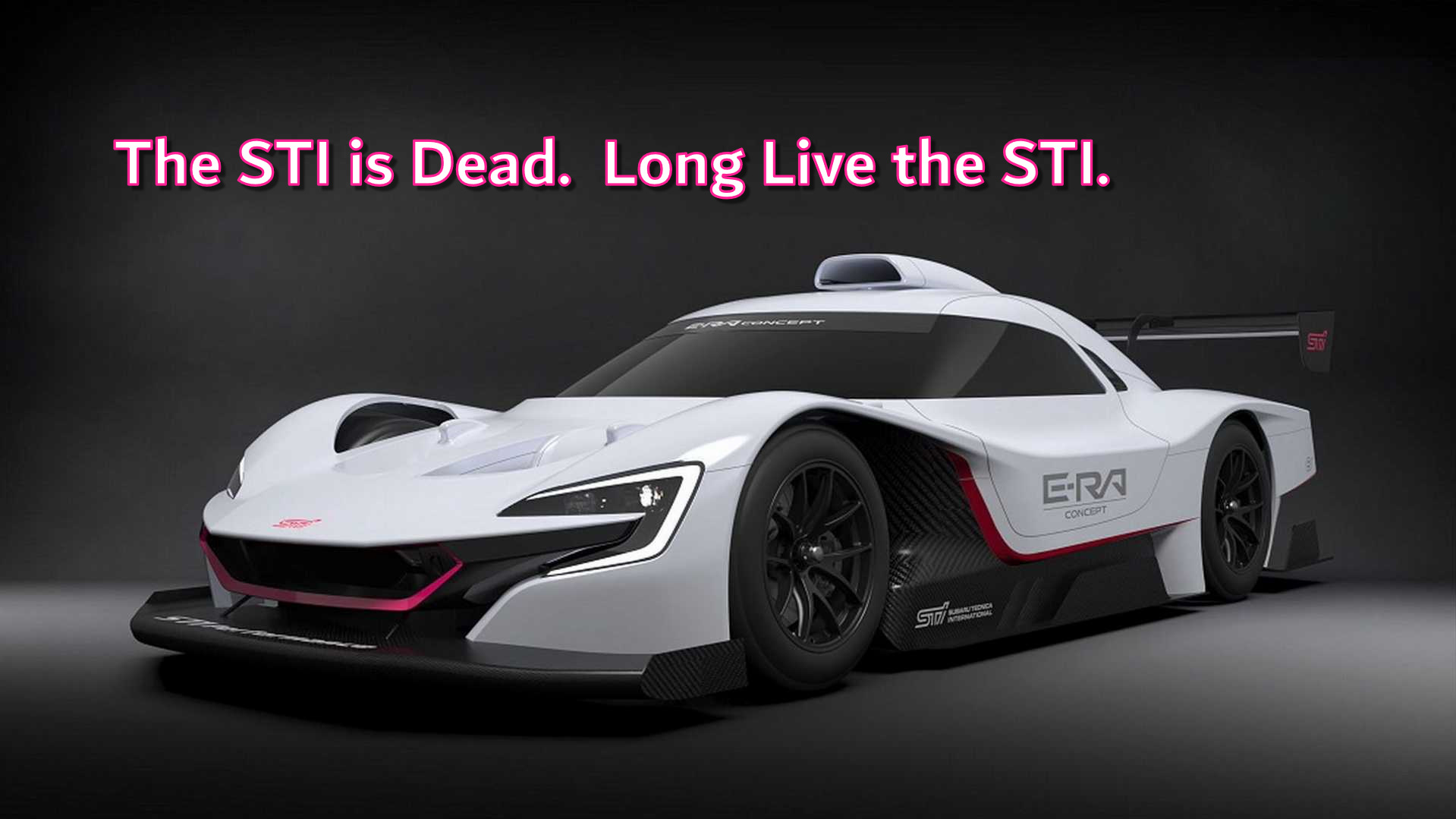
A bombshell was dropped yesterday, and I’m still trying to wrap my head around it.
As of March 11th, 2022, Subaru has officially killed of the STI.
This is from Tom Doll, President of Subaru North America:
As the automotive marketplace continues to move towards electrification, Subaru is focused on how our future sports and performance cars should evolve to meet the needs of the changing marketplace and the regulations and requirements for greenhouse gasses (GHG), zero emissions vehicles (ZEV), and Corporate Average Fuel Economy (CAFE).
As part of that effort, Subaru Corporation is exploring opportunities for the next generation Subaru WRX STI, including electrification. In the meantime, a next generation internal combustion engine WRX STI will not be produced based upon the new WRX platform.
The Subaru WRX STI and the STI brand represent the zenith of Subaru's performance vehicles exemplifying Subaru's unique DNA and rally heritage. As we look to the future, we also look forward to incorporating the essence of STI into our next generation of vehicles.
You are going to need 3 things to help process this information: A carburetor, a personal computer from the early 90’s (doesn’t need to be new), and Walter Rohrl. To prevent us from taking up too much of Mr. Rohrl’s time, specifically, you need to watch this video (and note that Walter Rohrl has been a test driver for Porsche for a long time now).
Here’s the thing, many of the new electric cars that are coming to market are built to be different, and are trying hard to be different. They prioritize new unique features (like self driving/auto-pilot), and aren’t built around the driving experience that they offer. But there is every bit of potential to build an electric car around the driving feel and experience, and this video demonstrates that. If you are reading this, you are most likely an enthusiast, and you care more about what it feels like to drive your car than whether your cars doors can dance to Trans Siberian Orchestra or project fart noises to any of the seats in the car.
The point here is that there is potential, and a lot of it to be honest.
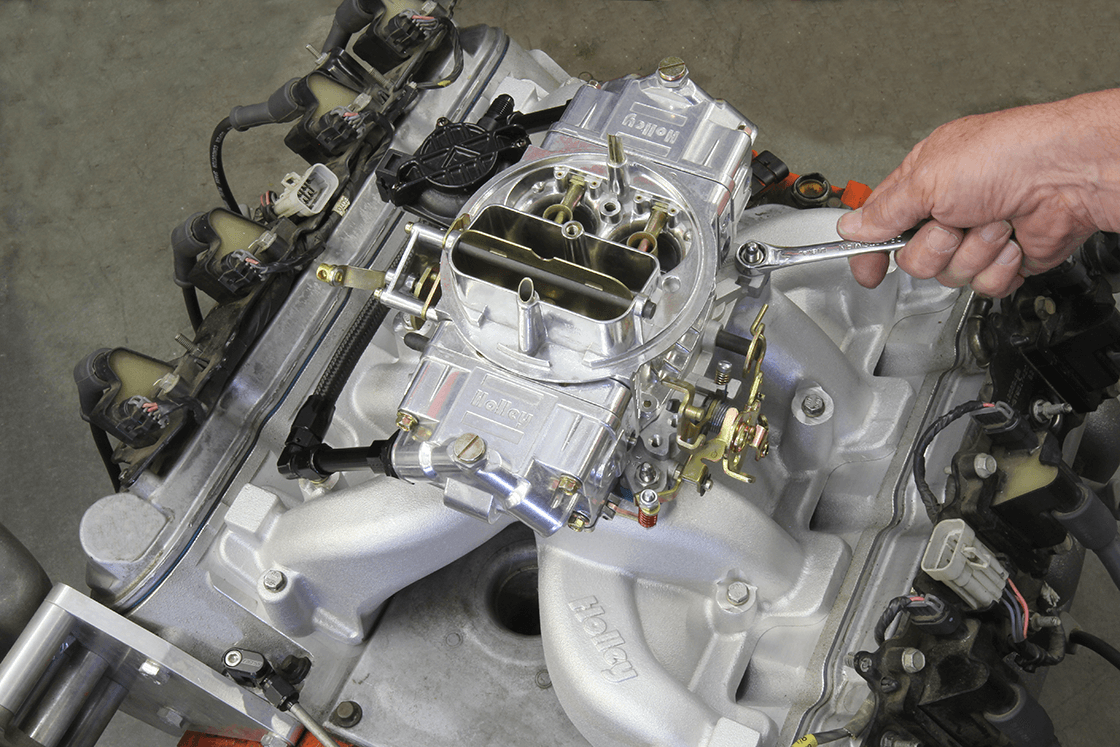
Now, let’s take a look at the carburetor. For the younger audience, in ancient times this is how air and fuel was mixed to go into an engine and make power. It is completely mechanical and you can change the size, number of carbs, and jetting of the carburetor to improve and increase how much fuel and air you can get into the engine. In short, this (well, with a distributor cap to set timing) is how cars were tuned for decades.
But then fuel injectors started to come on the scene, and in the 80’s and early 90’s, car manufacturers started putting computers in charge of how the engine ran, and that ended up completely replacing the use of carburetors on automobiles. At the time, this was looked at as the end of automotive performance because it took away the known, tried and tested method to build engines and make power, and put all of that control in the hands of a computer. This was to be the death of automotive performance because only professional race teams would have the ability to get into a computer and adjust fueling and timing, etc.
But that is not what ended up happening. In fact, that change that at the time seemed to be the end was actually the beginning of a golden age of automotive performance that we are in now.
Yes, this is likely the end of that golden age, and this announcement about the STI is likely not going to be the last of its kind.
Far from it really.
But it is possible that we could actually be entering the Platinum age of Motorsports? Maybe the Lithium Age? Okay, those sound clunky. I’ll have to work on that. But you get the idea.
Don’t slap an “The End is Nigh!” bumper sticker on your car just yet.
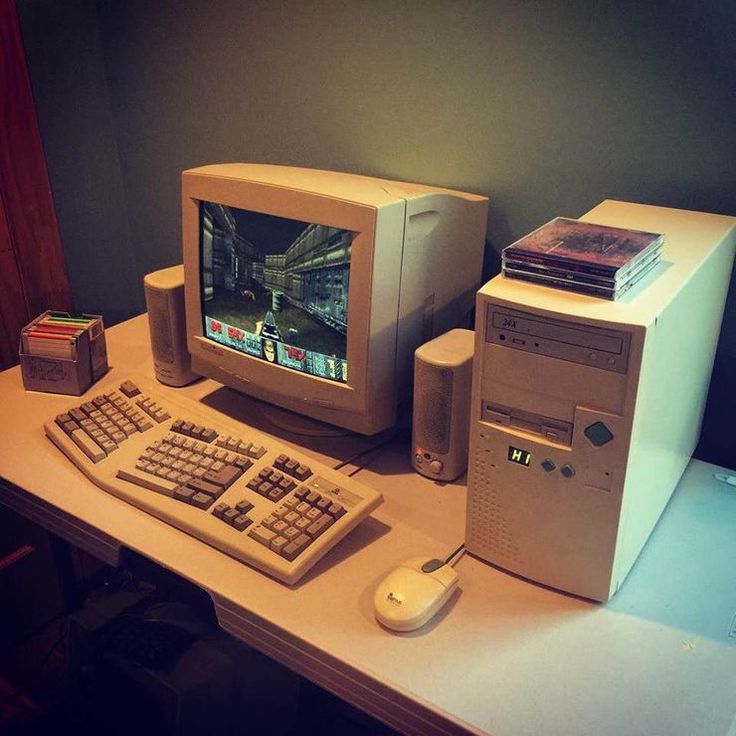
Now, blow the dust off that ancient PC, and think about what the computer market was like in the mid 90’s. Technology was being developed and changing fast. Super fast. Huge leaps were being made in processing speed, memory, and computer technology in general such that by the time a computer was designed, produced, and then brought to market, it was obsolete. This was a time where if you waited more than about 2 years to get a new computer, your 24 month old technology was going to struggle to keep up with new software, etc.
The early 90’s was a time when computers really started to become integrated into nearly every level of business and our lives. This is when the internet really started to catch on, and most things that were analog and paper were being replaced by computers.
The point is that there was a huge demand for development, so there was a ton of time and energy spent to make computers better and faster to keep up with this new demand. With the electric car, what we are starting to see is that increasing demand that is starting to pull a lot of that development time and funding from the outgoing internal combustion engine technology.
The 90’s and early 2000’s were a weird time, but look at where we are with computer technology now just a couple of decades on. Your phone could easily run rings around even the top of the line computer from about 20 years ago. Maybe even 10 years ago. We now have more computing power in our pocket most of the time than was even though possible from a development standpoint in the 90’s.
What could that level of development mean for the potential of an electric car in 10 or 20 years time? It could mean that we are all driving a car to work then that would be considered a Super Car in current times. It could mean that having something like 600 horse power becomes normal and boring (if that could ever be true).
Okay, confession time. If you have stuck with me this far, I owe it to you to be honest. This is my fault. I may have made Subaru decide to kill off the STI.
Back in 2019 I wrote a blog about why Subaru needed to build an electric STI.
Even now I still think that this is something that Subaru can do in a way that will help to usher in a new Electronic Age of automotive performance… All that they have to do is to give us a new STI that still honors that their enthusiast base wants an STI that drives like a Subaru, and has all of the performance potential of what we know and love the STI to be.
And to that end, go back and look at the STI E-RA Concept car.
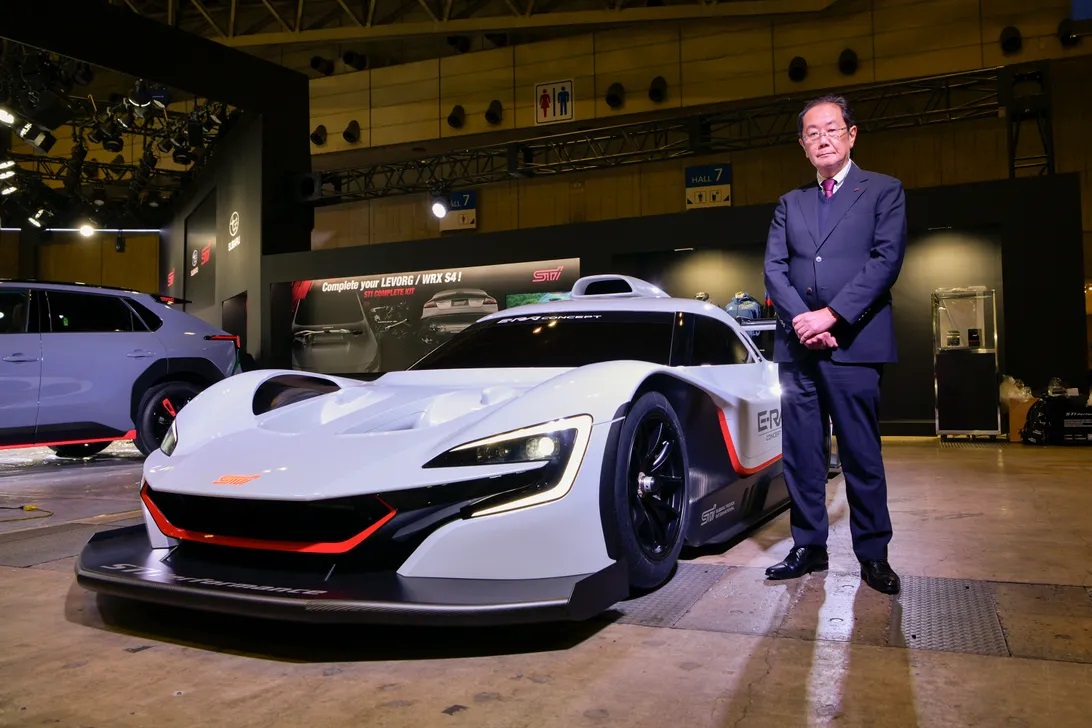
Specifically that it has 1072 hp, 4 motors, and is a test bed for Subaru’s proprietary 4-wheel torque vectoring technology.
We were all hoping that the next generation of STI would have close to 400 horse power. What if it has 500 hp? Or even 600 hp?
If it has that kind of power, plus all of the handling potential that a motor on each wheel could give, this could absolutely be a game changer for sure. Maybe way beyond what we were hoping that the FA24DIT STI would give us???
And there is one more elephant in the room that bears mentioning. It is much harder now to tune or modify your Subaru in terms of power, and it looks like that will continue to be more limited in the future.
The STI is dead. Long Live the STI!
Subaru, just don’t take too long. We need to see what you have in mind for the next generation of the STI as soon as possible. It may just be best to go into full production of the STI E-RA. Yep, that is what you should do Subaru.
Just make the 1072 hp 4 motor STI E-RA the next STI.
You heard it here first.
- Jon Cooley

